Praise for MAPS OF THE IMAGINATION
Brilliant and pleasurable, Turchis musing on our innate need to know where we are, where we might go, and why alters our perceptions of not only maps and fiction but also the nature of the minds terra incognita.
DONNA SEAMAN, BOOKLIST (STARRED REVIEW)
A very smart and beautifully illustrated meditation on cartography as a metaphor for writing.
KARL POHRT, SHAMAN DRUM BOOK SHOP
A gem of a book. I read it in one gulp Maps of the Imagination should inspire both reader and writer as well as those of us who look at a map and immediately begin to dream of journeys not yet taken.
ST. PETERSBURG TIMES
The best books, like the best maps, not only lead you into unfamiliar territory but allow you to re-envision your own familiar surroundings from a fresh perspective. Peter Turchis Maps of the Imagination offers serious writers and casual readers alike a new and useful way of seeing the landscape of literature. Provocative, original and often funny, it provides something better than straight paths or simple destinations: the navigation tools necessary to self-discovery.
MILES HARVEY, AUTHOR OF THE ISLAND OF LOST MAPS
Maps of the Imagination ranges widely across many disciplines and art forms, from mathematics and formal geometry to Marx Brothers movies and the works of such writers as Borges and Calvino. Sometimes with off-the-cuff analogies, sometimes with pages of analysis, Turchi charts a lively course through a labyrinthine field of varying ways of looking at the world and, most important, the blank page.
PUBLISHERS WEEKLY
Like a long conversation late at night with a gregarious and intelligent man who loves to find connections between disparate things.
THE MUMPSIMUS
I love the layering of imagery and information that Peter Turchi accomplishes as Maps of the Imagination unfolds. The illustrations throughout are wonderfulso surprising and various and interesting. My brain felt enlarged by reading this account of so many different possible journeys.
MARGOT LIVESEY, AUTHOR OF EVA MOVES THE FURNITURE
A gorgeous book in every way engaging, intelligent, and never jargon laden; this book wears its vast learning lightly.
CHOICE
Maps of the Imagination is the extended disco version of a brilliant metaphor: how the work of writing resembles that of mapmaking, drawn out in delicious illustrations and the serious, yet playful, tone of a genuinely thought-provoking lecture.
SAN ANTONIO CURRENT
My favorite book of 2004 a visual cornucopia of goodness containing interesting and enlightening ideas.
HANS WEYANDT, MICAWBERS BOOKS
Getting lost in this book is so easy, enlightening, and downright fun, any reader exploring it should take Saul Bellows advice: Perhaps, being lost, one should get loster.
RUMINATOR REVIEW
MAPS OF THE
IMAGINATION

This book is for Laura and Reed,
for my mother and sister,
and for my father, who made his own way.
Published by Trinity University Press
San Antonio, Texas 78212
Copyright 2004 by Peter Turchi
All rights reserved. No part of this book may be reproduced in any form or by any electronic or mechanical means, including information storage and retrieval systems, without permission in writing from the publisher.
Book and Jacket design by DJ Stout and Julie Savasky, Pentagram, Austin, Texas
Illustration credits appear on page 243
Printed in China
 The paper used in this publication meets the minimum requirements of the American National Standard for Information SciencesPermanence of Paper for Printed Library Materials, ANSI Z39.48-1992.
The paper used in this publication meets the minimum requirements of the American National Standard for Information SciencesPermanence of Paper for Printed Library Materials, ANSI Z39.48-1992.
Library of Congress Cataloging in Publication Data
Turchi, Peter, 1960
Maps of the imagination : the writer as cartographer / Peter Turchi.
p. cm.
Includes bibliographical references.
ISBN 1-59534-005-X (hardback : alk. paper)
ISBN 1-59534-041-6 (paperback : alk. paper)
1. FictionHistory and criticismTheory, etc. 2. Cartography. I. Title.
PN3331.T87 2004
809.3'92dc22 2004008882
16 15 14 13 12 / 5 4 3 2
Tomorrow
we shall have to think up signs,
sketch a landscape, fabricate a plan
on the double page
of day and paper.
Tomorrow, we shall have to invent,
once more,
the reality of this world.
OCTAVIO PAZ, JANUARY FIRST
TRANSLATED BY ELIZABETH BISHOP
A novel examines not reality but existence. And existence is not what has occurred, existence is the realm of human possibilities, everything that man can become, everything hes capable of. Novelists draw up the map of existence by discovering this or that human possibility.
MILAN KUNDERA, THE ART OF THE NOVEL
TABLE OF CONTENTS
METAPHOR:
OR,
THE MAP
The writer is an explorer. Every step is an advance into new land.
RALPH WALDO EMERSON
T HE EARLIEST extant alphabetic texts, the earliest extant geographical maps, and the earliest extant map of the human brain date back to the same general period: around 3,000 B.C . While no one can say for certain when the first writing and mapping occurred, the reasons for recording who we are, where we are, what is, and what might be havent changed much over time. The earliest maps are thought to have been created to help people find their way and to reduce their fear of the unknown. We want to know the location of what we deem life-sustaining (hunting grounds and sources of fresh water, then; now, utility lines and grocery stores) and life-threatening (another peoples lands; the toxic runoff from a landfill). Now as then, we record great conflicts and meaningful discoveries. We organize information on maps in order to see our knowledge in a new way. As a result, maps suggest explanations; and while explanations reassure us, they also inspire us to ask more questions, consider other possibilities.
To ask for a map is to say, Tell me a story.

W RITING IS OFTEN discussed as two separate actsthough in practice they overlap, intermingle, and impersonate each other. They differ in emphasis, but are by no means merely sequential. If we do them well, both result in discovery. One is the act of exploration: some combination of premeditated searching and undisciplined, perhaps only partly conscious rambling. This includes scribbling notes, considering potential scenes, lines, or images, inventing characters, even writing drafts. History tells us that exploration is assertive action in the face of uncertain assumptions, often involving false starts, missteps, and surprisesall familiar parts of the writers work. If we persist, we discover our story (or poem, or novel) within the world of that story. The other act of writing we might call presentation. Applying knowledge, skill, and talent, we create a document meant to communicate with, and have an effect on, others. The purpose of a story or poem, unlike that of a diary, is not to record our experience but to create a context for, and to lead the reader on, a journey.

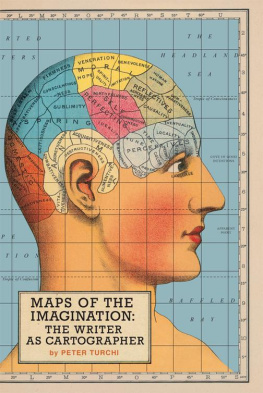
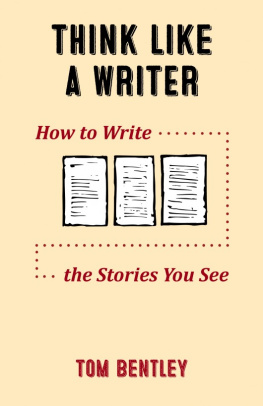
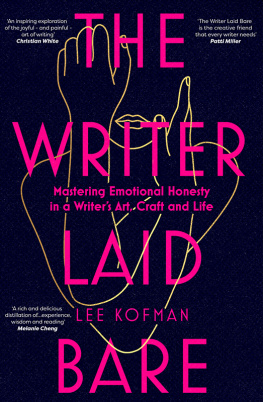
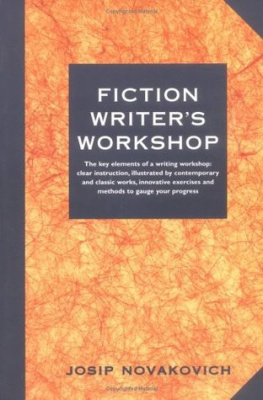


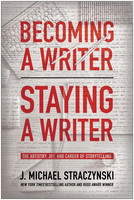
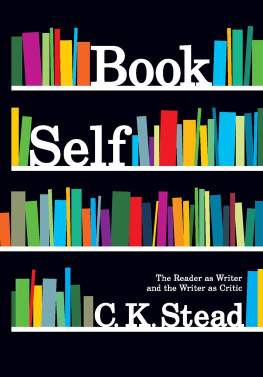

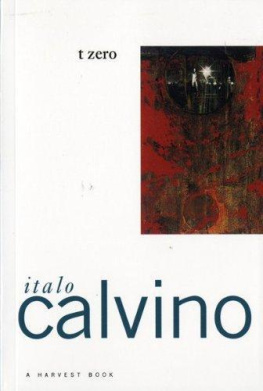


 The paper used in this publication meets the minimum requirements of the American National Standard for Information SciencesPermanence of Paper for Printed Library Materials, ANSI Z39.48-1992.
The paper used in this publication meets the minimum requirements of the American National Standard for Information SciencesPermanence of Paper for Printed Library Materials, ANSI Z39.48-1992.